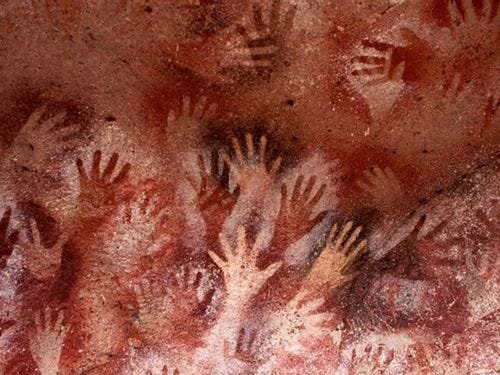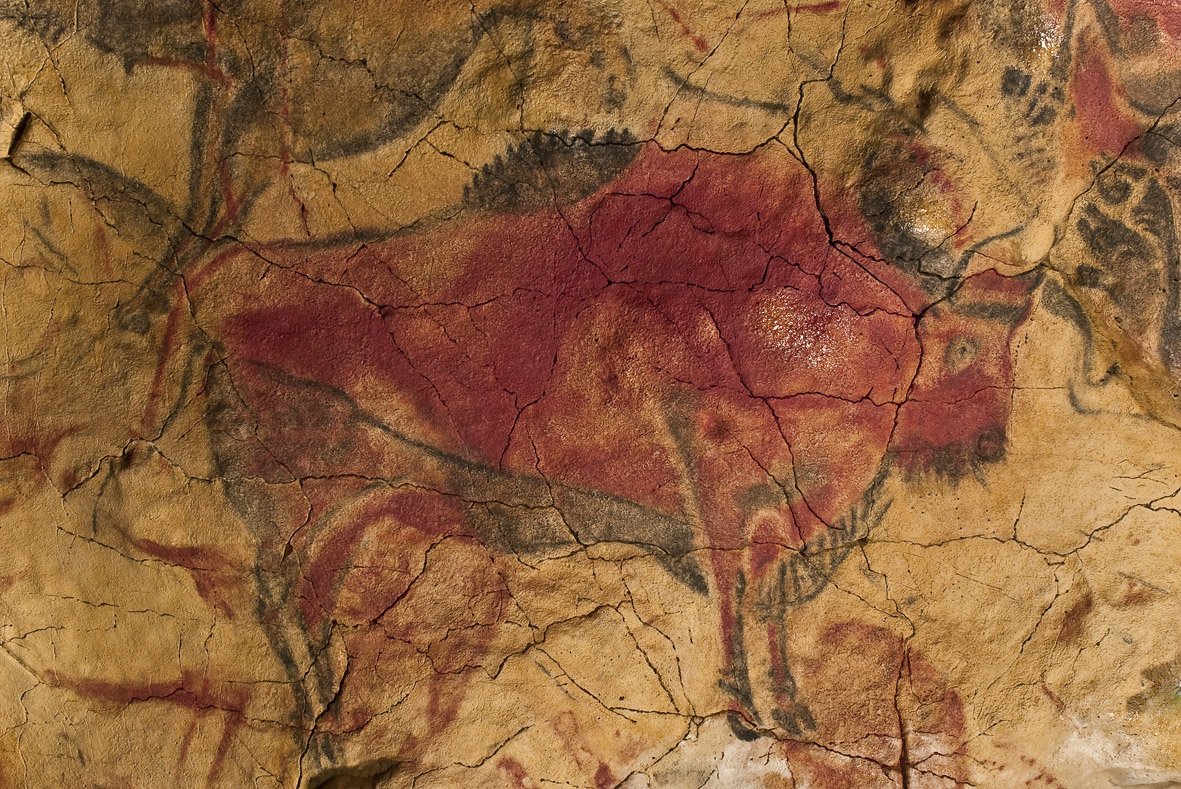Art Is Essential
Art is essential to the human life. That’s a pretty bold statement, but actually an easily defendable one, in my opinion. After all, can you name any human society, present or past, that did not produce art, in any one of its many forms: painting, sculpture, dance, music, literature, storytelling?
The human mind seems to have a necessity, almost a compulsion for art. It certainly feels that way for me. And I am not talking just about making art, but viewing it, having art in my home, hanging on my walls or on display on tables and other furniture. At home, I am surrounded by art. I make a point of it. I cannot imagine my life without the paintings, sculptures and photographs I have collected over my life. Without the thousands of books that I have read or the movies and plays I have seen. As I write this I am listening to great music (Joep Beving, if you must know. I was recently introduced to his music by a painter I recently met, Fátima Sardinha).
German painter Anselm Kiefer defined it well when he quipped that “Art…it’s about making life more livable.” As simple as that.
But what is it about art that makes it so essential to life?
Beam me up, Scotty!
As a Star Trek fan, I like to use the analogy of art as being the ultimate transporter. For those of you who are not fortunate enough to be Trekkies (there is always time!), the transporter is a device that beamed the crew of the starship Enterprise directly to a planet or another starship. They dematerialized in one place and rematerialized in another.
Well, art is a transporter that doesn’t beam my body, but my mind to a different space. Art calms me and focuses me. Distractions disappear when I look at a good painting. I get goosebumps when I am exposed to great art, my jaw drops, I can get moved to tears. My monkey mind is silenced by art. In fact, I rate art by its capacity to awe and still the monkey that insists on jumping around inside my head throughout the day (and insomniac nights).
And when my mind is silenced, I am on another planet. Things that were familiar to me take on a fresh appearance, as if I had never seen them before. I discover new details in them.
Dreaming of Immortality in a Thatched Hut (detail), by T’ang Yin
“Beam my mind, Scotty!”
And isn’t this what they joy of existence is all about? Discovering new things, exploring strange new worlds, going where no one has gone before. Or just not feeling the burden of everyday troubles and trifles. Being surrounded by beauty and meaning. All this is given to us by art.
Beyond its personal impact, art plays a vital role in shaping and enriching society. It serves as a repository of cultural heritage, preserving and transmitting the collective experiences, values, and traditions of a society across generations. Through art, we gain insights into the past, present, and future, allowing us to understand the complexities of human nature and the dynamics of societal change.
Art also functions as a catalyst for social dialogue and transformation. It provides a platform for challenging norms, questioning assumptions, and sparking conversations about critical issues. From social injustices to environmental concerns, art can amplify marginalized voices and inspire collective action.
Ansel Adams’s photographs of Yosemite were important to convince Congress to avoid development plans.
Art is a glue that holds societies together and connects different societies, because it transcends the barriers of language, culture, and geography, offering a universal language that connects people from all walks of life. It speaks to the common human experiences of love, loss, joy, sorrow, and hope, transcending the limitations of spoken or written communication. As we engage with art, we embark on a journey of self-exploration, encountering emotions and experiences that mirror our own. This shared resonance fosters empathy and understanding, enabling us to connect with others on a deeper level. The power of art to bridge divides and foster human connection is evident in the countless movements throughout history that have used art as a tool for social and political change.
That is why art is essential.





